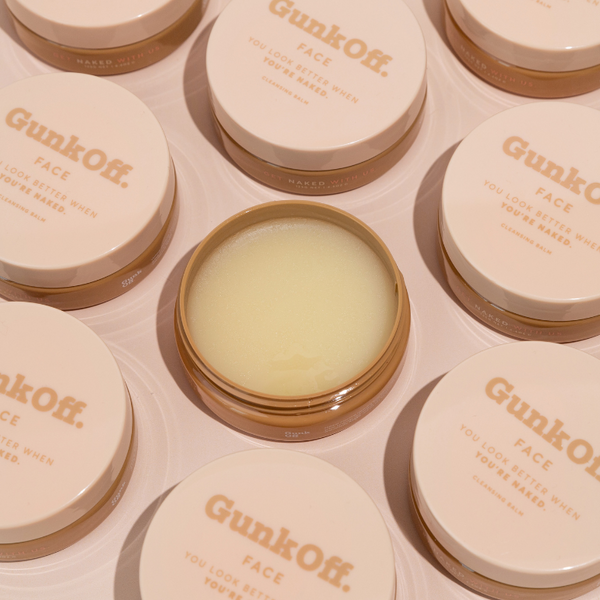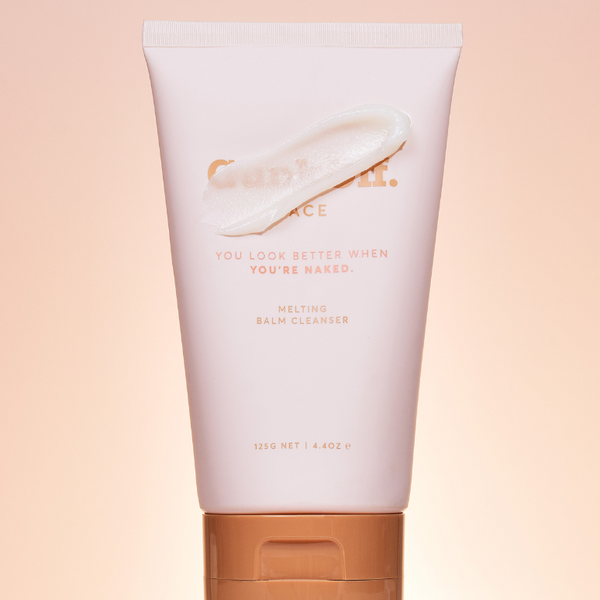Cleansing Balms vs Makeup Wipes!
Cleansing is the all important first step of your evening skincare and can really set the tone for the rest of your routine. While there are a few ways you can approach this, whether you use a cleansing balm or makeup wipes is still the cause of much debate in the beauty community. Both offer a range of benefits and drawbacks, so let’s get into it and see which one ends up on top!



